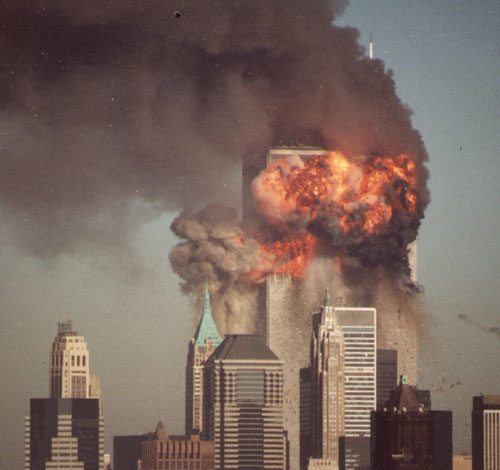
One tower hit and smoking.
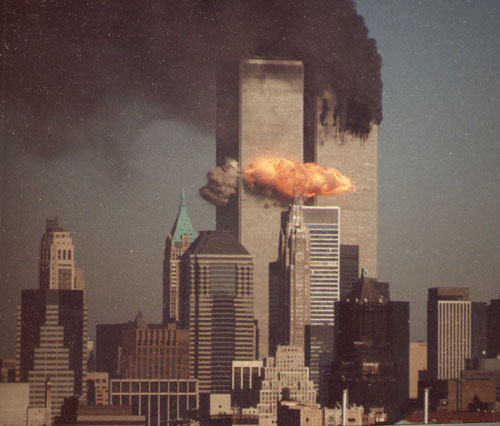
Holy Shit! They hit the other one!
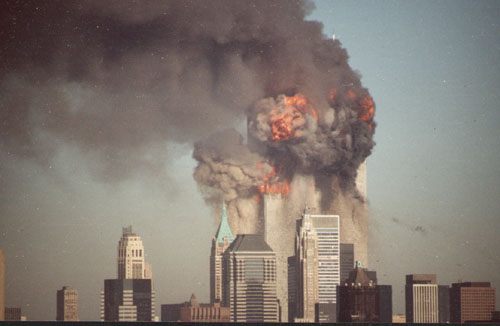
12:30pm
6:06pm
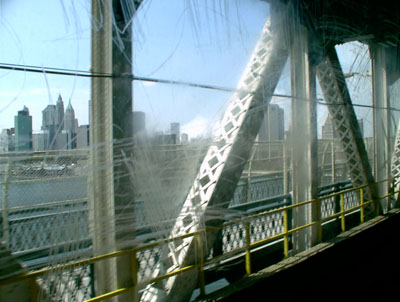
New skyline as viewed from the Q crossing the Manhattan Bridge.
The white cloud is steam from the fire suppression
effort at the site of the former
World Trade Center.

Looking south from Houston into the desolate streets of Soho.
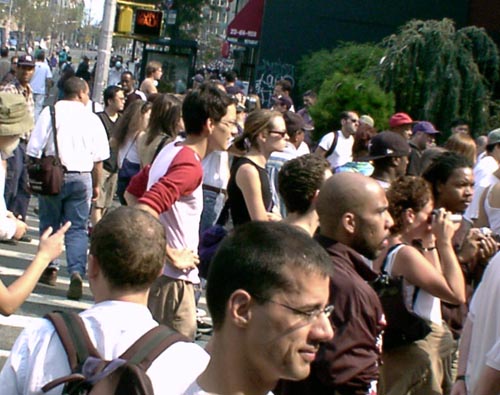
People trying to get a look past the Houston cordon.
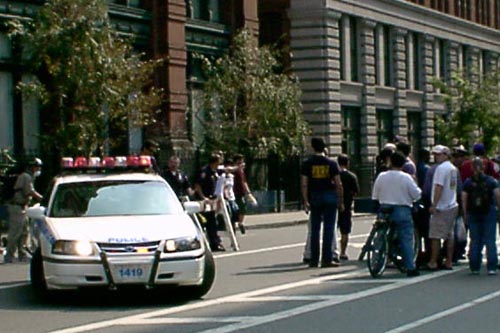
Police telling people to stop mingling in the north-south cross streets of Houston.
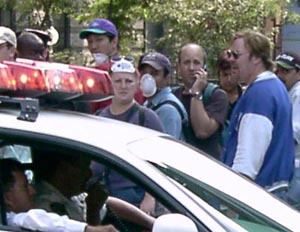
New York, 2001: Police, cell phones, and dust masks.
